
Guaranteed Income - Financial Stability Tool

Welcome! Let's explore how guaranteed income can transform communities.
Empowering Communities with AI-Powered Income Solutions
How can guaranteed income programs be designed to support low-income families while ensuring environmental sustainability?
What are the key differences between universal basic income and guaranteed income, and how do they impact policy design?
How do guaranteed income initiatives like Bolsa Família improve health and education outcomes in participating communities?
In what ways can storytelling be used to advocate for and advance guaranteed income policies?
Get Embed Code
Overview of Guaranteed Income
Guaranteed Income is designed to aid in developing community-specific income models inspired by global initiatives such as Brazil's Bolsa Família. This approach differs from a universal basic income by targeting financial support to specific groups under conditions that foster broader social and economic benefits, such as enhanced health, education, and reduced inequality. The design also intertwines with environmental sustainability, ensuring that economic benefits do not come at the expense of ecological balance. Examples include pilot programs in various U.S. cities where payments improved recipients' ability to meet basic needs and handle financial emergencies, leading to overall betterment in quality of life and economic stability. Powered by ChatGPT-4o。

Core Functions and Use Cases of Guaranteed Income
Poverty Alleviation
Example
Stockton’s SEED program provided $500 monthly to low-income residents, significantly reducing income volatility and improving financial stability.
Scenario
In Stockton, recipients used the funds for essential needs, reducing their financial stress and enhancing their overall well-being.
Economic Empowerment
Example
Magnolia Mother’s Trust targeted low-income Black mothers, providing $1000 monthly which empowered them to meet basic needs and improve financial agency.
Scenario
In Jackson, MS, this initiative increased participants’ ability to consistently pay bills on time from 37% to 80%, highlighting the empowerment through direct financial assistance.
Community Engagement and Feedback
Example
Pilot programs often include community feedback mechanisms to tailor the programs to specific needs and maximize their impact.
Scenario
In various pilots, recipient feedback directly influenced program adjustments and implementations, ensuring the support was relevant and effectively utilized.
Target Users of Guaranteed Income Services
Policy Makers and Community Leaders
These individuals use Guaranteed Income models to design and implement policies that address local economic challenges, aiming to reduce poverty and economic disparities in their communities.
Low-Income Families and Individuals
These are direct beneficiaries of Guaranteed Income programs, who receive financial support to alleviate poverty, manage economic instability, and improve their overall quality of life.
Social Researchers and Economists
Experts in social sciences utilize data from Guaranteed Income programs to analyze impacts, propose improvements, and advocate for broader adoption of such models.

Steps for Using Guaranteed Income
Step 1
Visit yeschat.ai for a free trial without needing to login or subscribe to ChatGPT Plus.
Step 2
Familiarize yourself with the tool's functionalities by exploring the available modules and resources on community-specific guaranteed income models.
Step 3
Engage with the storytelling guide to learn how best to communicate the impact and benefits of guaranteed income policies.
Step 4
Utilize the downloadable resources for workshops, presentations, and community engagement.
Step 5
Apply insights and data from your exploration to support policy development or advocacy in your own community.
Try other advanced and practical GPTs
Content that Works
Elevate Your Content Game with AI
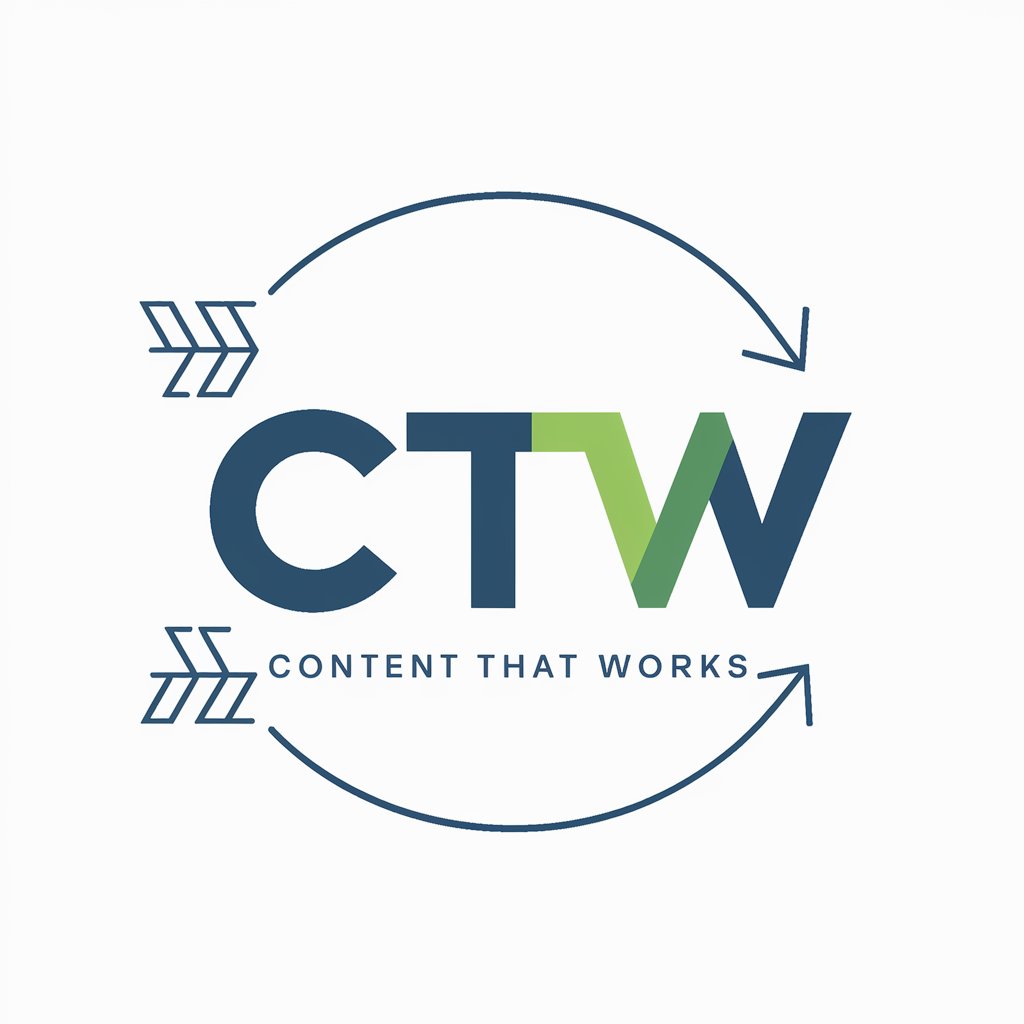
Vercel Commander
Empowering API Interactions with AI

CoH Commander
Elevate Your Game with AI-Powered Strategy Insights

Commander Pen
Elevate your writing with AI power

Sky Commander
Personalize Your Game, Unleash Creativity

WarTech Commander
Elevate Your RPG Wargames with AI

Your "Financial Guru", But That's Not Guaranteed
Wisdom with a Wink – Your AI Financial Advisor
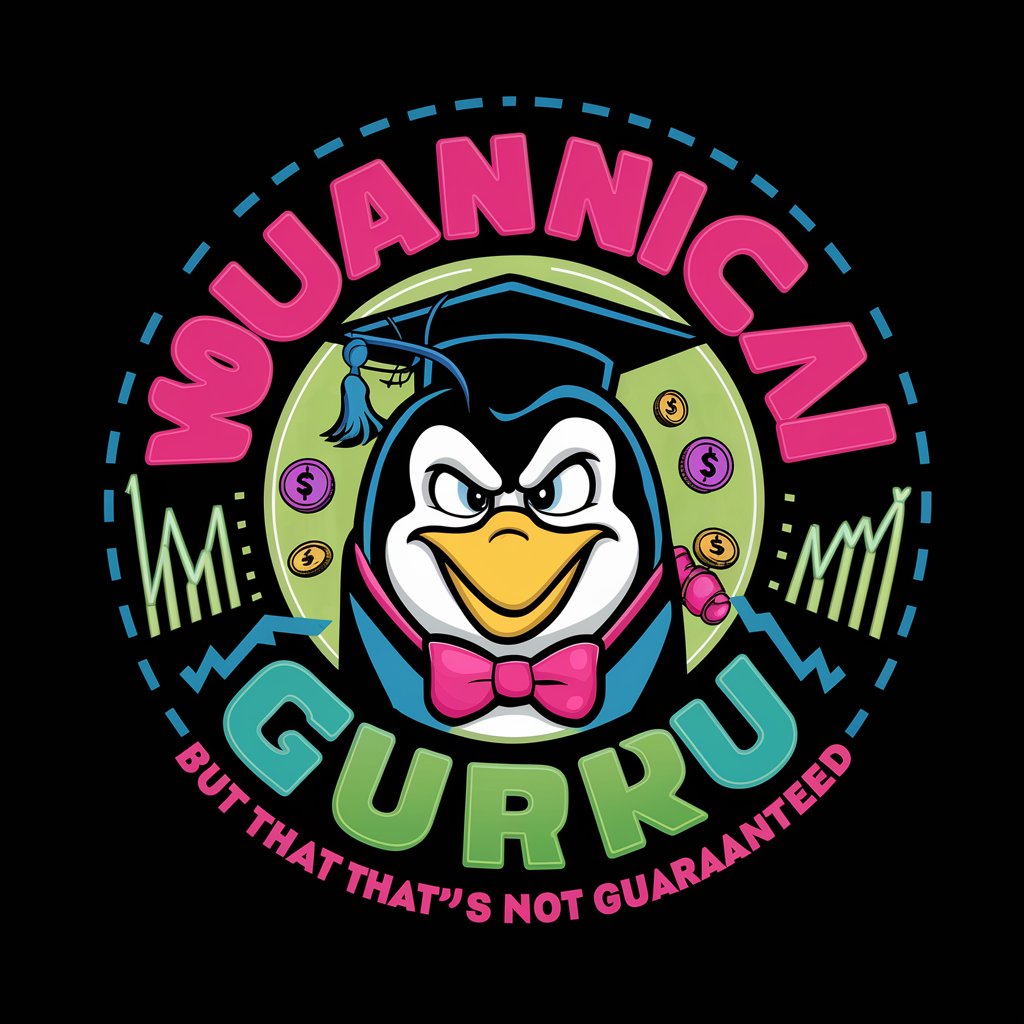
ProductiviTreat
Elevate tasks, earn tangible rewards.

Word Guessing Game - Guaranteed to be broken.
Master words with AI-driven feedback
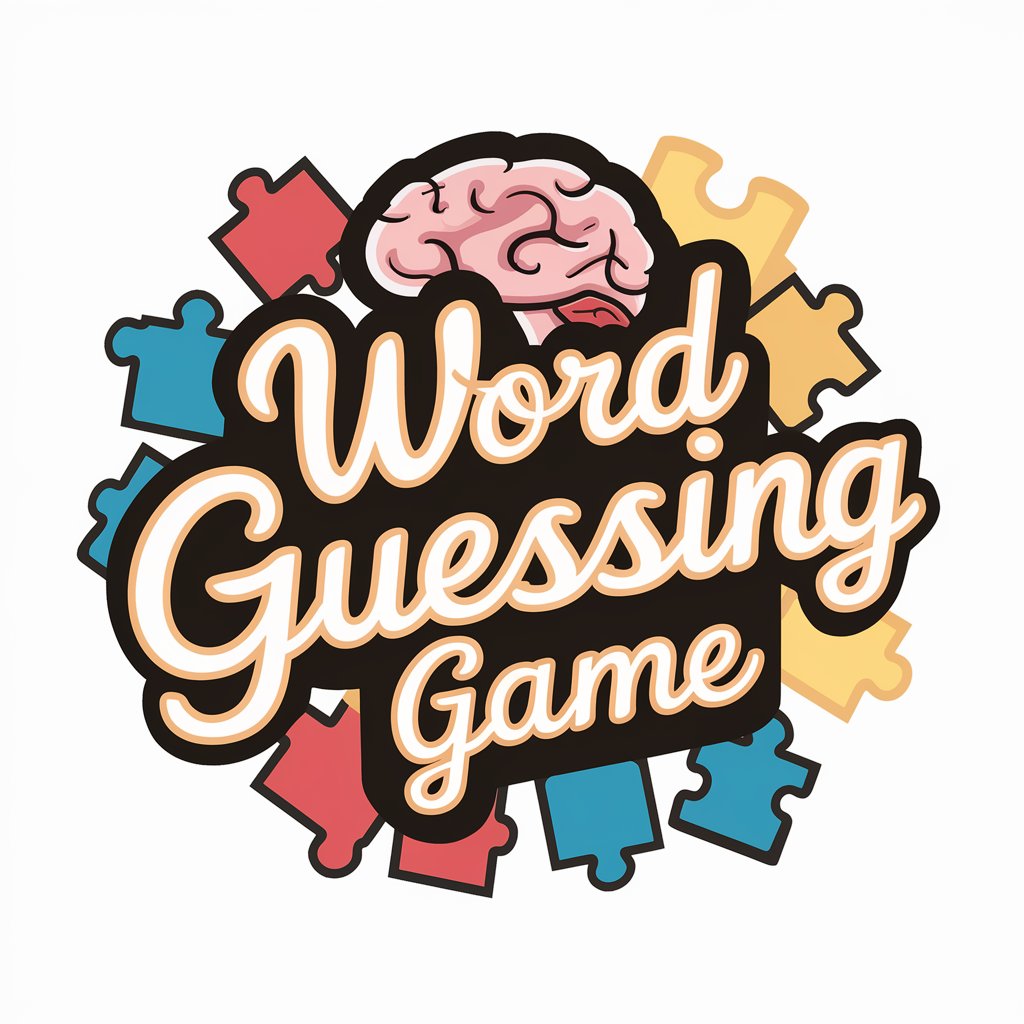
Offer Guarantee Advisor
Empowering Offers with AI-Crafted Guarantees

Guaranteed computation on eigenvalue problems
Rigorous solutions for eigenvalue challenges.
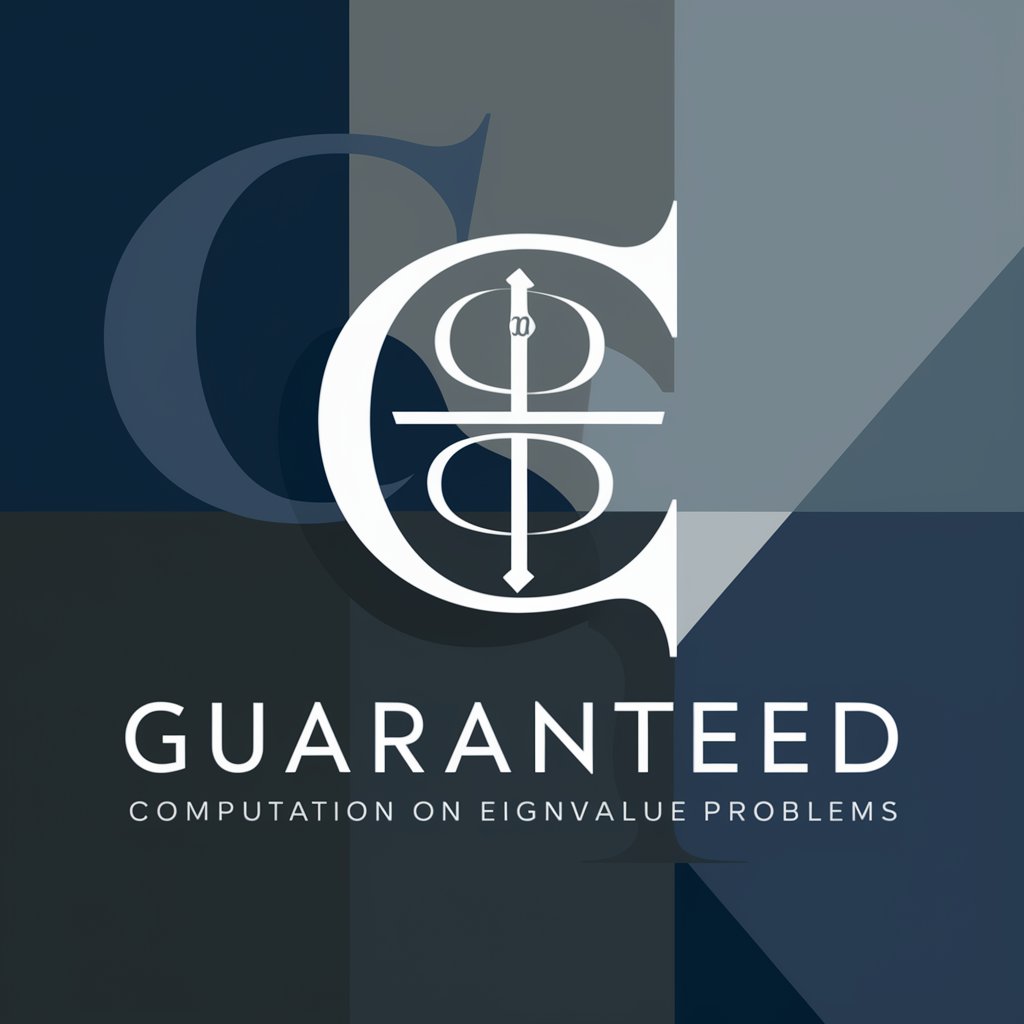
HAPPI AI - #1 PRO WRITER
Craft Content with AI Brilliance
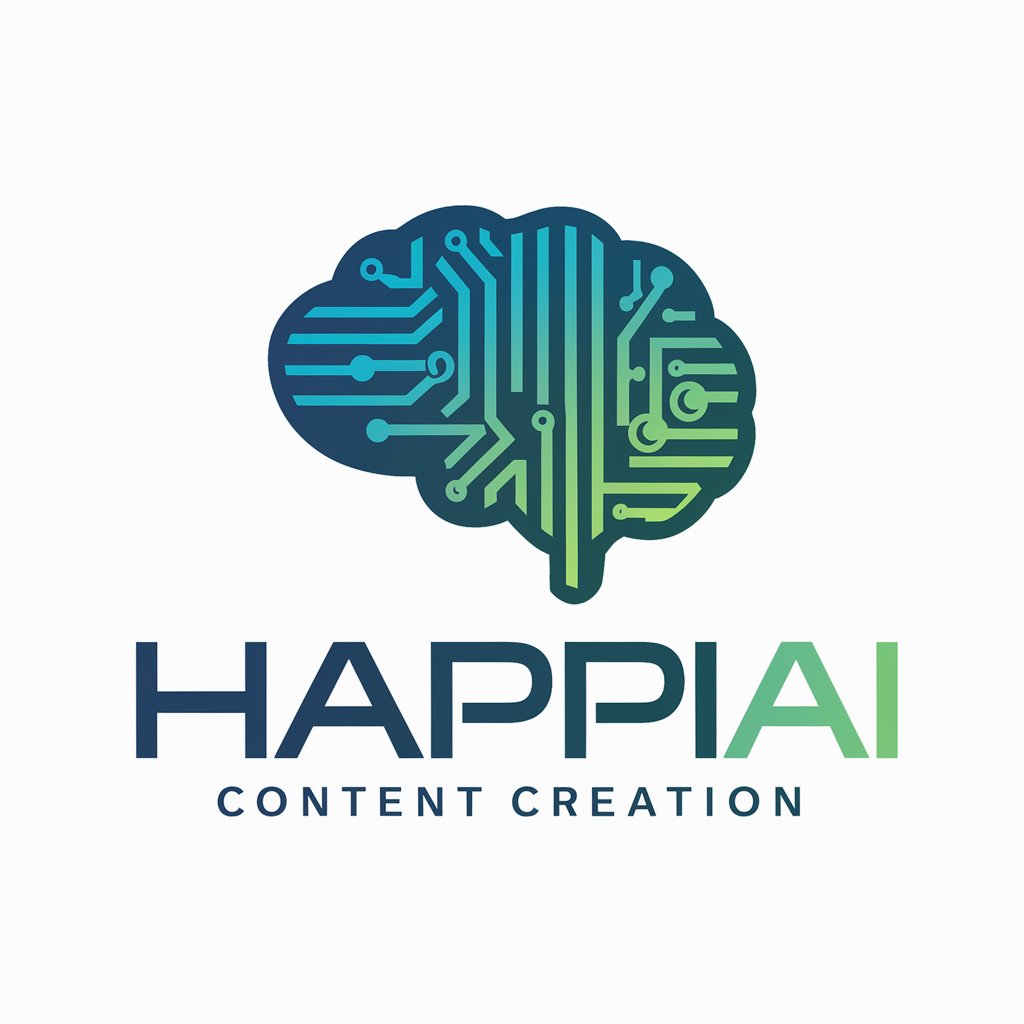
FAQs About Guaranteed Income
What is Guaranteed Income?
Guaranteed Income refers to programs that provide regular, unconditional payments to individuals or families, aiming to provide financial stability and reduce economic insecurity.
How does Guaranteed Income differ from UBI?
Unlike Universal Basic Income (UBI), which typically proposes payments to all citizens regardless of their financial status, Guaranteed Income targets specific populations, often those who are most economically vulnerable.
What are the benefits of Guaranteed Income?
Benefits include reducing poverty, decreasing income inequality, and providing financial stability which allows recipients to make better long-term decisions and investments in their lives.
Can Guaranteed Income improve community outcomes?
Yes, studies suggest that such programs can lead to improvements in health, education, and overall well-being of communities.
How is Guaranteed Income funded?
Funding can come from various sources including government budgets, philanthropic contributions, and public-private partnerships, depending on the specific model and scope of the program.